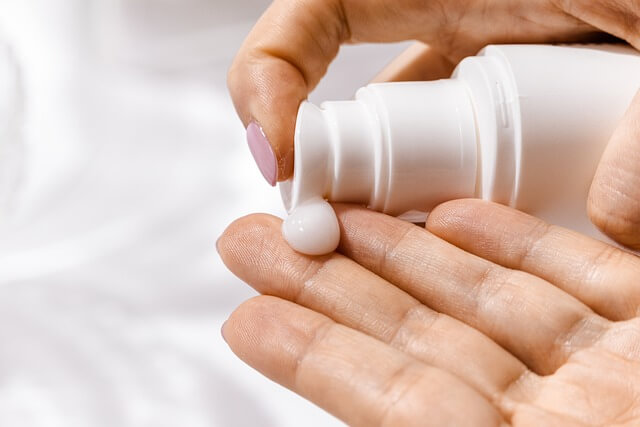Many people use the wrong product to try and fix their skincare issues, but this only worsens their problems. So, to properly take care of your skin, you need to know the difference between various skin care products, their primary purposes, and which ones work best for your skin type.
In this article, we will be discussing the difference between face serum and moisturizer, two of the most commonly used skincare products. You will become familiar with what they are, their ingredients, how these products function, their disparities, and the recommended way to use them.
What is a face serum?
Face serum is a liquid, concentrated product that penetrates deep into the skin and helps treat specific skin issues. It usually contains active ingredients like collagen, hyaluronic acid, vitamins, peptides, and antioxidants that help target wrinkles, dark spots, and other signs of aging. It also has anti-inflammatory properties, which can reduce redness and soothe skin.
Serums are usually applied after cleansing and before moisturizing.
What is a moisturizer?
Moisturizer is a cream or lotion-based product that helps hydrate and protects the skin from environmental stressors. It keeps your skin looking and feeling softer, smoother, and plumper by locking in moisture and forming a protective barrier. Moisturizers can be applied all over the body, including the face. They work by trapping water within the skin cells, which helps to hydrate and plump them up from within. Some moisturizers also often contain SPF for sun protection.
Moisturizer is applied after cleansing and can be used in combination with a face serum.
Serum vs Moisturizer: Differences
Primary Purpose & Benefits:
As mentioned earlier, a face serum is designed to target specific skin concerns, while a moisturizer works to hydrate and protect the skin from environmental stressors. Serums are lighter than most moisturizers and have active ingredients that penetrate deep into the skin. On the other hand, moisturizers form a protective barrier on the skin to trap moisture and keep it hydrated.
Ingredients:
A serum typically contains a higher concentration of active ingredients than a moisturizer. Some of the most common ingredients found in serums include antioxidants, peptides, vitamins, and retinoids. While a moisturizer may also contain some of these ingredients, it usually doesn’t have as high of a concentration as you would find in a serum. The main ingredient of moisturizers are humectants such as hyaluronic acid, glycerin, and urea.
Texture
Serums tend to have a thinner consistency than moisturizers, which makes them easier to absorb into the skin. This also means that a little goes a long way when it comes to applying serums. Serums absorb quickly into the skin and don’t typically leave behind a greasy residue. On the other hand, moisturizers are typically thicker and more emollient, which helps to keep the skin hydrated.
Application
Serums should be applied after cleansing and toning but before moisturizing. This allows the active ingredients in the serum to penetrate deep into the skin and work their magic. Moisturizers should then be applied as a final step in your skincare routine to lock in the active ingredients and provide a layer of hydration.
Ideal Skin Type
Serums are ideal for people with dry, combination, and oily skin. They can be beneficial for a variety of skin concerns, such as wrinkles, fine lines, dark spots, and more. Moisturizers are great for all skin types but are especially beneficial for those with dry or sensitive skin since they provide an extra layer of hydration.
In case you’ve sensitive skin, it’s best to stick to using a moisturizer since serums typically contain more active ingredients, which can cause irritation.
Conclusion
Overall, serums and moisturizers are essential components of any skincare routine. While they both serve different purposes, they can be used together to maximize the benefits for your skin. Be sure to choose products that are tailored to your specific skin type and concerns to get the most out of your skincare routine.
If you’re unsure which products to choose, consult a skincare professional.




